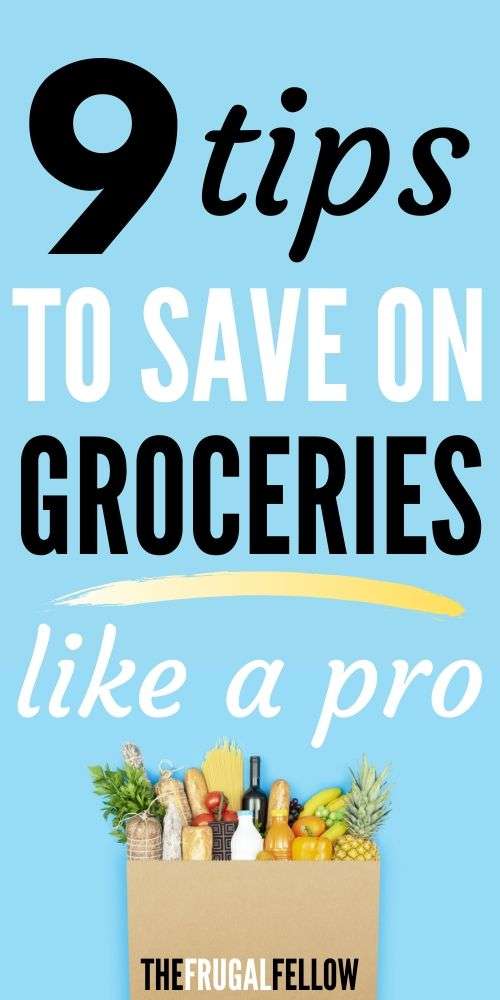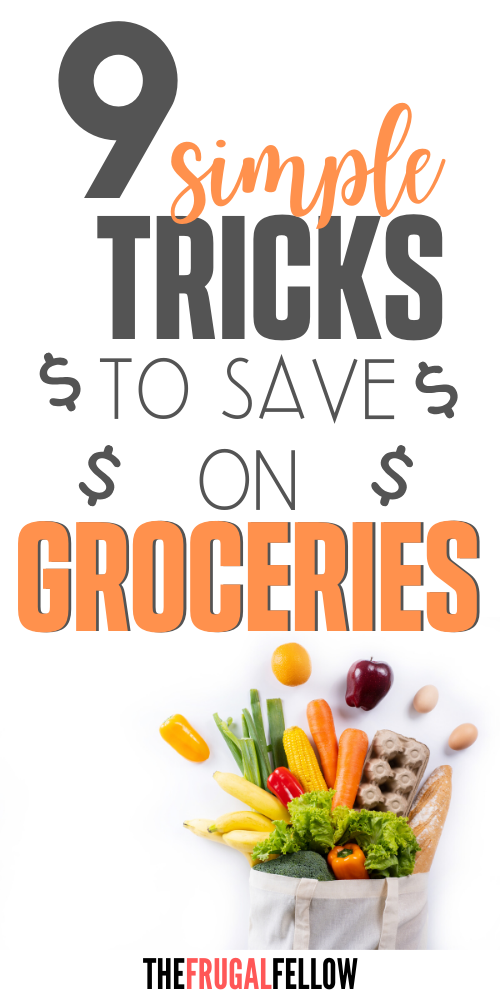Contents
ToggleFor most of us, food is one of our biggest costs, so you probably wouldn’t mind being able to save money on groceries.
And you might think saving money on groceries is hard, or that you can’t save much, or that it simply isn’t worth the effort. But let me tell you – none of that is true!
With a few small adjustments, you can save a significant amount on your grocery budget. Without further ado, let’s take a look at some of the ways to do just that.
1. Buy In-Season
Produce that are in-season are bound to be cheaper, so it makes sense to buy them when they are. It makes sense since they won’t be in short supply or have to be transported long distances.
This means buying avocados only in the spring to late summer, and only buying apples in the fall. Of course, you don’t have to abide by this rule, but it could save you a few pennies.
As an added bonus, you can look for in-season produce at your local farmer’s market(s); you should only find fresh, in-season produce there.
2. Keep an Inventory
Did you know that Americans have the largest refrigerators of any country in the world? The reasons for this are many, but one of the unintended consequences of such large spaces to store our perishable foods is that, sometimes, we don’t even know what’s in them!
Of course, there are also the pantry, cabinets, and wherever else you stash non-perishable foods. The point is that it can be difficult to keep track of everything you already have on-hand.
Still, if you buy something you already, it goes without saying that you’re spending money you didn’t have to spend.
Thus, you might want to make an inventory of at least the essentials you have on hand. That might include spices, grains, dairy products, and the like. Once per week (or at least once per month), check your inventory and see if there are any items you’ve used up.
If you plan to make something and the recipe calls for something you already have, you’ll know you don’t need to buy it.
3. Learn When Things Go on Sale
Sure, you could look at those ubiquitous grocery store fliers that somehow always appear, but who has time for that? Also, where do those things even come from? And does anyone actually still use them?
A better approach is to learn when things go on sale. That way, you won’t have to waste time (and paper) sifting through a pesky newspaper trying to figure out what happens to be on sale.
You might even want to take notes and look for patterns. That way, it’ll be easier to spot trends and learn how the sales work. Spotting the sales is why this is one of my best money-saving tips.
4. Get Cash Back on Groceries

I know I also mentioned this in my frugal living tips post, but I guess it just kind of works for both posts. Getting cash back on groceries is a great way to save money because, well, you’re going to be buying food one way or another.
And if that’s the case, why not save some money in the process, right? Ibotta lets you do that by scanning in your receipts after you shop. Then, you’ll get real money sent to your account in the next day or two.
That’s pretty cool because so many cash-back programs only let you get points that you then redeem for gift cards. With Ibotta, though, you get cold, hard cash. Pretty cool deal.
5. Use a Chase Freedom Card
If you aren’t familiar with the Chase Freedom Flex, this is one of my favorite credit cards. Why? Because there is no annual fee, and every quarter, there is a 5% cash-back category.
The categories will include totally different things each quarter, but they are always things that nearly everyone buys on a regular basis. It’s usually things like gas stations, drugstores, department stores, and, you guessed it – grocery stores.
And since there is no fee to carry this card, it just makes sense. Each quarter, you’ll get an email from Chase telling you to activate your 5% cash-back.
That email will also tell you what the categories are for the upcoming quarter – there will usually be three or four. Watch for grocery stores (and anything else you regularly buy) and start earning 5 cents for every dollar spent!
6. Do Your Best Army Crawl
Kidding! Well, kinda. You know those shelves you can see (and reach) easily? It may sound silly, but you are paying for that convenience.
Indeed, items that are shelved at eye level actually have a higher markup. That may be because they are store-brand vs. generic, or simply a brand that’s more expensive.
Either way, if something is at eye level and easy to reach, you’re going to pay a premium for it. So, next time, don’t be afraid to do your best army crawl, or bring a step stool if you are (ahem) not the tallest person in the store.
By the way, I’m 5’10”, so I’m no giant myself. In any case, this is a good thing to keep in mind.
7. Buy an Instant Pot
There’s a reason Instant Pots have become so popular lately. These things might be a bit of an up-front cost initially, but the potential cost savings are huge in the long run.
Not only do they make cooking incredibly easy, but they are also extremely versatile. You’ve probably heard how they’re great as a rice cooker, at cooking dry beans (which are cheaper than canned), and at making pasta.
But they can also be used for making breakfast and desserts, such as yogurt, cakes, and flan. And, seriously, that is only scratching the surface of what these bad boys can do.
Because they let you make so many things at home, they make it a lot easier to save money on groceries.
If you want to try using an Instant Pot but don’t have a ton of cash to spare (like yours truly), here’s one you can take a gander at.
8. Plan Ahead



Planning ahead is essential to grocery store success. This is another thing I touched on in my frugal living post because, again, it’s a big one.
If you don’t plan ahead, you’ll probably end up buying something that’s unnecessarily expensive, unhealthy – or both. Plan the things you want to eat ahead of time (with as many overlapping ingredients as possible) and stick to the plan.
9. Skip the Spice Aisle
When you hit up the grocery store looking for everything you need to cook up some goodness, you might find yourself looking for spices. Especially if you’re making a new, (hopefully delicious) recipe.
But while picking up that jar of cumin from the grocery store may seem convenient, and while $4 may not sound like that much, you might want to back up!
You can buy those spices much cheaper – and since you planned ahead, it shouldn’t be a problem doing so. You can often find them in bulk bins, which will almost certainly cost less. Plus, you can buy exactly the amount you need.
There are other places to buy them at a discount, such as bulk stores like Costco and Sam’s Club. You may even be able to find them cheaper at Wal-Mart.
Bonus: grow your own! If you have a garden – or even if you don’t – what’s to stop you from growing your own spices? If you live in an apartment, you may even be able to grow them in a planter if you have a patio. Think about things like chives, parsley, and basil.
Hopefully, you found this list helpful. How do you save money on groceries? Let us know in the comments.
Related:
- How to Cook for One (and Still Save a Ton!)
- Ibotta Review: The App You Need to Easily Save on Groceries












